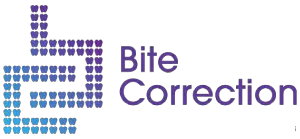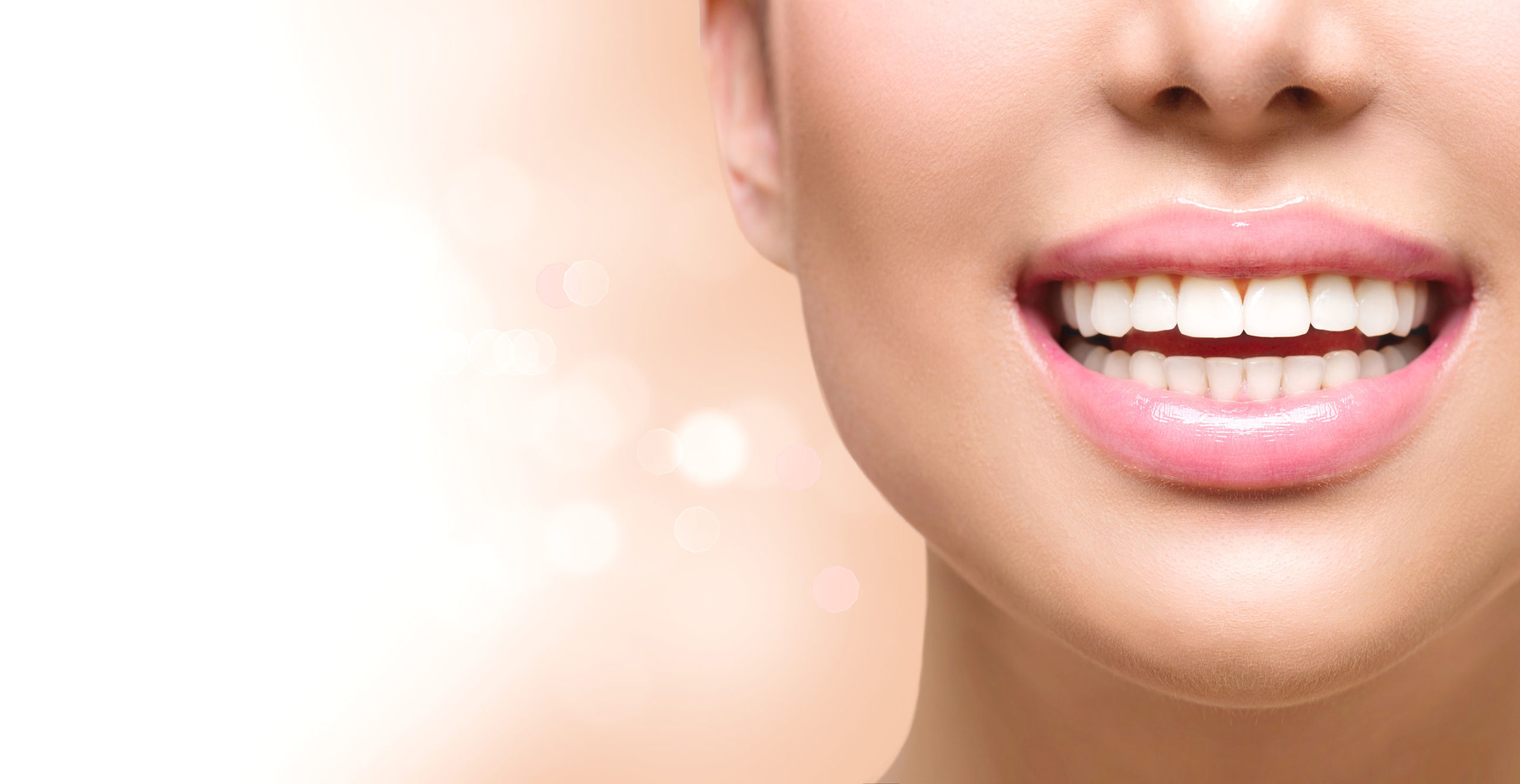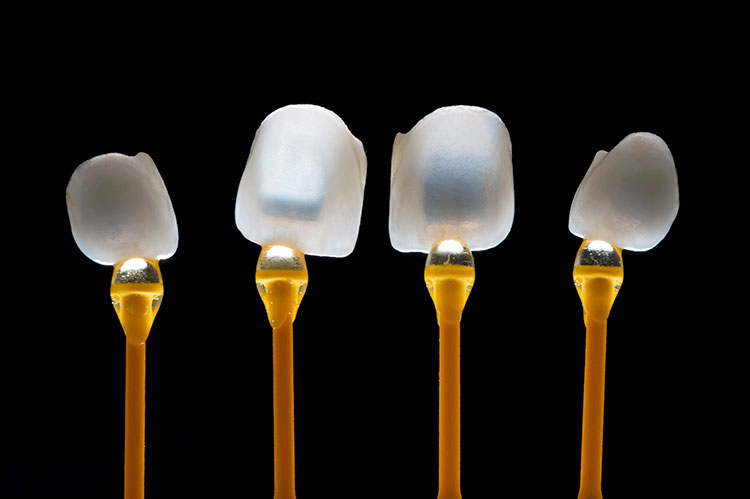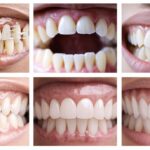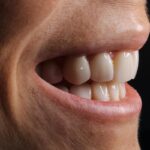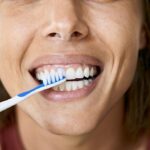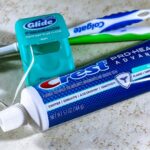In the realm of dentistry, bite correction is the practice of correcting misaligned, crowded, or missing teeth that is causing the upper and lower teeth from aligning evenly. This misalignment, whatever the cause, requires reshaping and recontouring of the teeth to achieve an optimal bite or a bite that causes the least amount of stress on your teeth, jaw and jaw muscles. You may have heard your dentist refer to “Bite Correction” as occlusal equilibrium. An ideal bite should have minimal stress, minimal adaptation and should be balanced with all teeth touching comfortably. All bites, eventually or overtime, will wear or tear upon the enamel of the teeth. If you’re wondering why bite correction is needed at all, 95 percent of Temporomandibular Joint Disorders or (TMD) is a direct result of poor or improper bites. TMD can also lead to poor sleep, grinding and clenching, and jaw issues if not detected early.
Types of Bites
A Crossbite can occur when a tooth or teeth have a lingual or buccal position. In layman’s terms, this is when a tooth or teeth are tilted too close to the cheek or tongue in relationship to the tooth or teeth above or below it. It can occur in the front or the sides of the mouth and can cause excessive stress to the jaw. Most crossbites are genetic, but it can occur when there is an eruption of new teeth or there’s a delayed loss of baby teeth.
An openbite is when there is an inadequate vertical overlap of the teeth or when some teeth, usually the front teeth, cannot contact the opposing teeth. Causes for this type of bite can be genetic as well, but tongue-thrusting, thumb-sucking can also create a malformation that keeps the upper and lower teeth from coming together.
An overbite can occur when the upper front teeth protrude over the lower front teeth with little direct contact between them. Sometimes it’s referred to as a deep bite. As with a crossbite and a openbite, overbites can be caused by genetics, or bad oral habits like digit sucking, excessive nail biting or pencil chewing. Without bite correction, overbites can cause improper functioning of the front teeth, jaw or jaw joint problems, and make your smile less attractive.
An overjet is when the lower front teeth are so far behind the upper front teeth that the lower teeth may be touching and biting into gum tissue. A number of reasons for this bite problem exists, such as a skeletal imbalance of the upper and lower jaw, an improper alignment of the molars, flared upper incisors, missing lower teeth or in some cases it may be a combination of these problems. Oral habits can exacerbate the bite issue. Thumb-sucking or tongue thrusting can make the bite worse as well. Without bite correction, it can lead to poor functioning of the front teeth and an unattractive smile.
Underbites occur when the lower teeth protrude past or in front of the upper teeth. It can be caused by either overgrowth of the upper jaw or undergrowth of the lower jaw. Generally, 5 to 10 percent of the population has an underbite. People with this condition have a prominent lower jaw. While genetics play a role as a primary cause of this condition, other causes include poor oral habits, like thumb-sucking. Underbites can cause difficulty in chewing, and can lead to headaches over time.
If you should have any of these conditions, its best to seek an initial evaluation from your dental professional. Together you can discuss bite correction treatment plans that can alleviate these conditions and help you gain proper function of your teeth and jaw. Many of these conditions can lead to further problems if not corrected early. Bite correction from a trained and certified dentist is your first avenue to better oral health.
